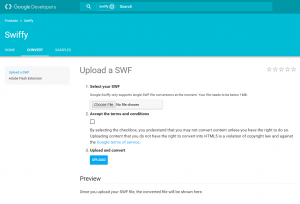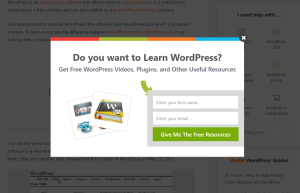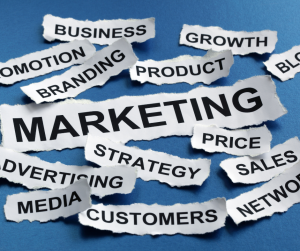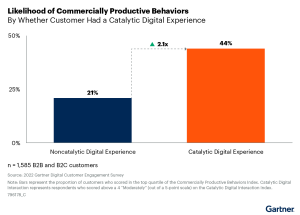By Katelyn Bourgoin
Whatever you think of Elon Musk and his Twitter takeover, he appeared to have been using a classic sales technique last week.
In late October, The Verge reported that Twitter was planning to charge users $20 for Twitter Blue and a coveted blue checkmark. The backlash was immediate: Many, including author Stephen King, complained that the price was expensive. When Musk then announced the service would be $8 (or $7.99 to be exact), it suddenly seemed a lot more affordable—even though Twitter Blue was initially $4.99.
It’s possible Musk was just reacting to a tidal wave of criticism, but if he had anything to do with the leak of the $20 price, he may have been using a technique called “anchoring” to convince people that Twitter’s Blue price was worth it. Although the service now appears to be on pause after rampant spoofing of brands and public figures, anchoring is an effective way to make your product more appealing.
In general, shoppers don’t instinctively know what price is a good one. They search for comparisons to determine if they’re getting a good deal or not. Smart marketers use anchoring to set expectations and nudge more people toward the buy button.
Steve Jobs famously used anchoring during one of his legendary product launches. As he showcased Apple’s newest invention, the iPad, he teased at the price. He said that the iPad was easily worth $999, displaying the price on a large screen behind him. Jobs paused for dramatic effect before revealing the actual price of the iPad: $499. The audience went wild.
You don’t have to be a tech billionaire to use anchoring to drive sales. Here are a few common examples of anchoring you’ve likely experienced (or maybe even used yourself).
1. Using strike-through pricing for deals
This is a common technique used by online retailers like Amazon to make a price feel like a bargain. Outdoor retailer REI used this technique in one of their recent sales. The company highlighted its deals with a strike-through of the original price and put the new, lower price in red, another effective psychological trick designed to grab attention. This is especially effective in the current economic environment as price-sensitive shoppers are actively seeking out deals.

2. Create a more expensive option as an anchor for your core offer
A company’s core offer is the product it wants more people to buy. To make that product seem more affordable, companies create a higher-priced option as a sort of decoy. For instance, when Williams-Sonoma launched a $429 bread maker several years ago, sales of its original $275 model doubled.
The decoy doesn’t even need to be a similar product. It can be a different solution to get the same job done. At my own marketing company, Customer Camp, I offer digital products that I anchor with a higher-priced option (a one-on-one strategy call with me). Since adding this option, the sales of my on-demand products, which appear less expensive by comparison, have grown by 15%.
3. Show how your product is cheaper than competitors
Instead of writing about how much cheaper and better your product is than the competition, you can show your buyers how much less expensive it is. Quince, a clothing brand, does this with a price-comparison list. On each of its product pages, the company compares the prices of its items to those of higher-priced brands.
4. Sequence offers strategically
Costco puts its most expensive products at the front of the store. This is not a random decision. This type of anchoring subtly tricks your mind into thinking anything less than a $2,000 TV is a great deal. Suddenly, that 20-pack of chicken breast looks like a bargain.
It’s still unclear if Musk’s Twitter Blue will ultimately be successful—either at $8 or another price. But whether or not a product like Twitter Blue proves to be a good deal, there are plenty of ways companies can make customers feel like it is.
Katelyn Bourgoin is the founder of Customer Camp, a global education and media company, and author of the Why We Buy newsletter.
(15)







